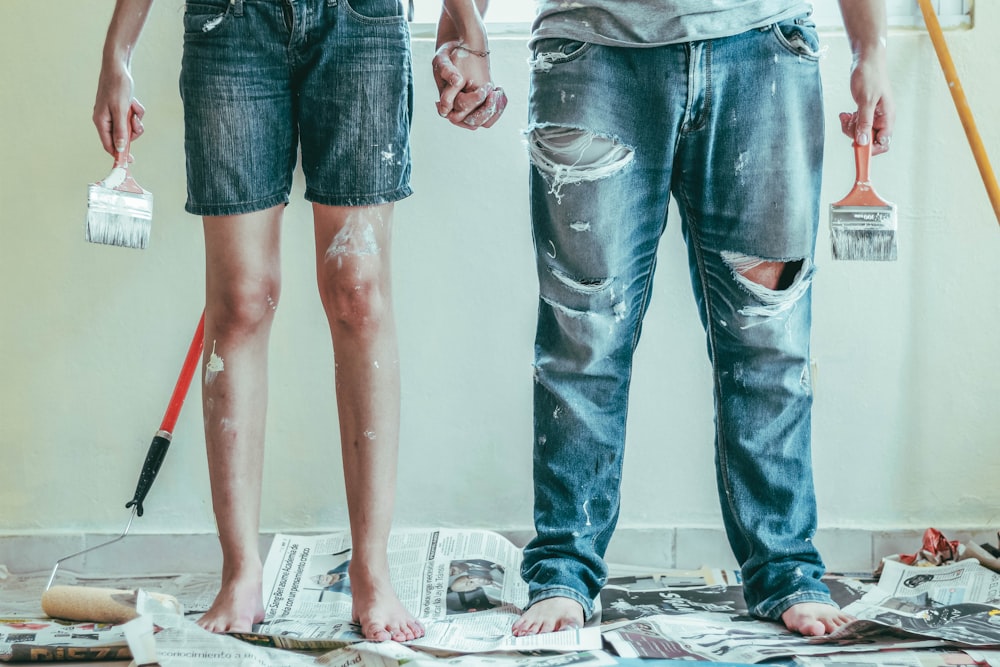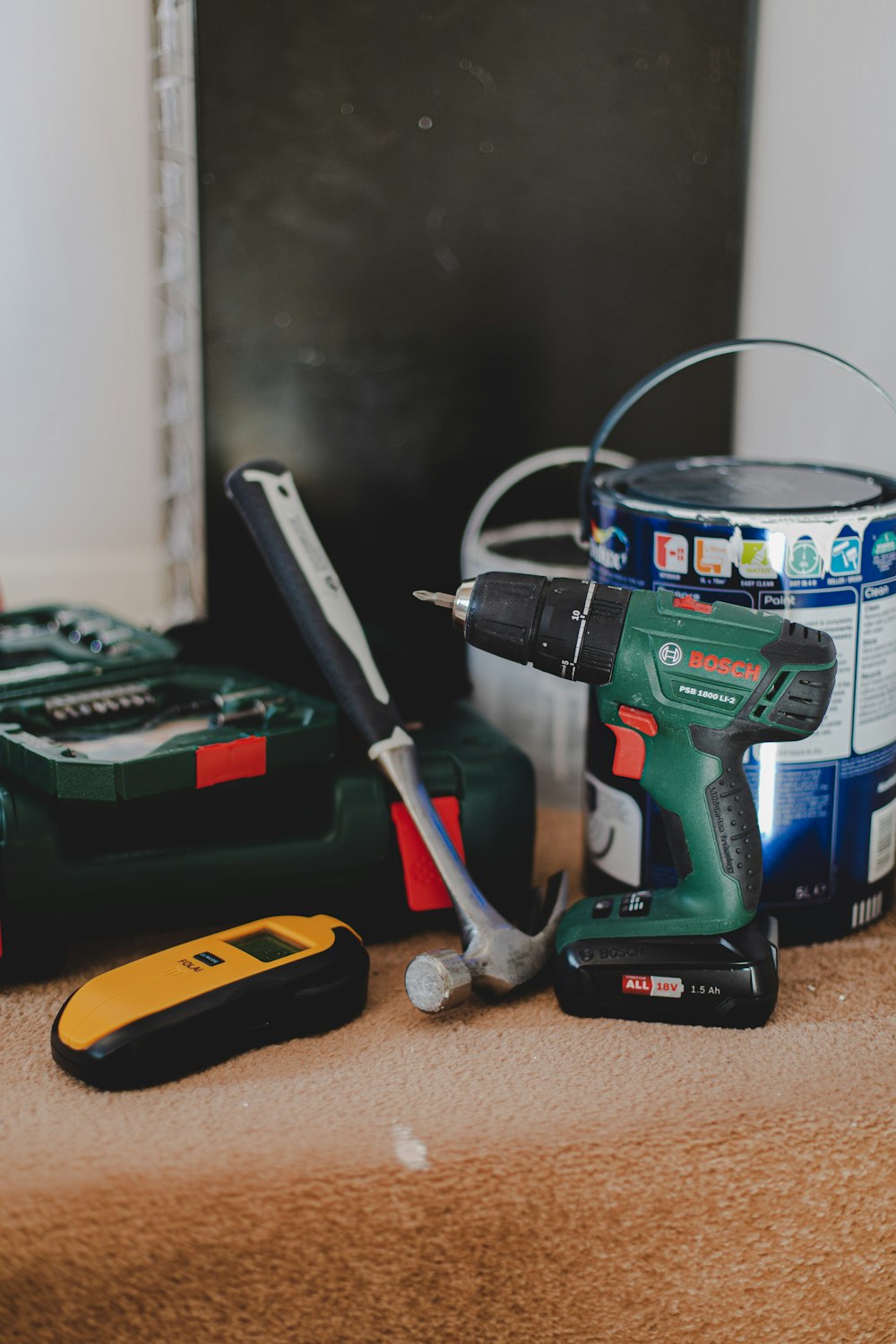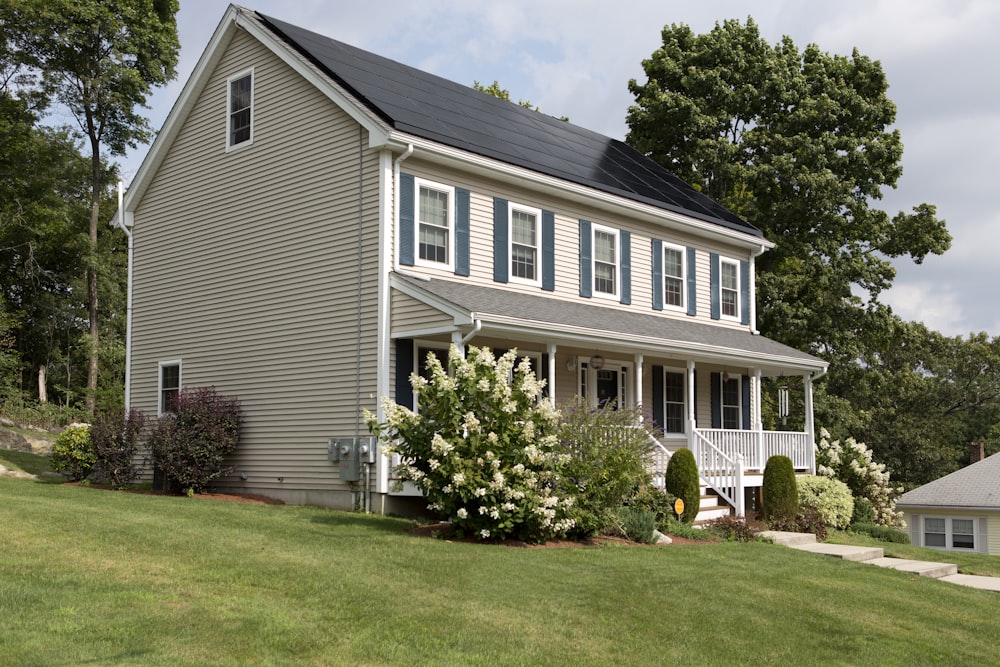You bought your dream home. Now it’s time for you to make it your own.
The appeal of buying a replacement home is that you can design it to meet the needs of the people who will be spending the most time in it.
Adding a new kitchen counter to your dream replacement home can help you upgrade the kitchen and make it more functional while adding charm and character.
Read on to learn more about replacing kitchen countertops and how you can create the perfect space. Read along to learn more!

1. Consider Your Budget
Once you have a good idea of a counter that suits your budget and style, look up installation prices and compare them to DIY installation costs. Make sure to factor in the time and cost of materials to do it yourself. Additionally, if you plan on replacing your countertop yourself, research the amount of time it will take you and plan accordingly so that you don’t overspend.
2. Choose Countertops That Fits Your Aesthetics
Start by considering the room where you’ll place the countertop. Determine whether a modern, contemporary, traditional, or transitional vibe is best for the space. Ask yourself what type of material you’d like to use.
Natural stone, such as granite or marble, is elegant, while synthetic materials, such as plastic laminate or engineered stone, are less expensive. Think about maintenance needs, too; some countertops require more peeling and sealing than others.
Finally, consider the color and patterns available. Consider lighter shades to brighten up the space or darker hues to give it depth.
3. DIY Options
One of the most popular options is to use laminate countertops. They come in a variety of colors and styles to fit any kitchen design. Laminate is easily applied with a few tools and can be done over a weekend.
Another option is tile. The tile is durable, easy to clean, and comes in many different colors and design options. Plywood or particleboard is a more economical option and can be customized with different finishes.
If you’re looking for a more earth-friendly choice, look into recycled wood boards for your kitchen countertop replacement. Reclaimed wood will provide a unique look and is great for the environment. Finally, wood butcher blocks are a timeless classic and a great way to bring character to any kitchen.

4. Hire a Contractor
Look into contractors who specialize in kitchen counter replacement, ask friends and family for references, and use online reviews to make sure they have a good reputation. Determine your budget, provide the general contractor with your vision, and get estimates from each professional. Once you have your quotes, carefully review the contract and make sure it’s a legally binding document.
Ask the contractor for proof of insurance and licenses, as well as references and project photos. Finally, be sure to pay contractors the full amount due when the project is completed to your satisfaction.
Top Things to Consider Before Replacing Kitchen Countertops
Replacing kitchen countertops is a great way to make a huge impact on your kitchen. With the right kind of preparation and countertop material, you can make a stunning upgrade to any old kitchen. Get in touch with professionals to help make your dream kitchen upgrade a reality!
If you find this helpful and want to read more great content, check out our latest blog posts now!




























